 Camera archives appeared with the initial release of Apple Final Cut Pro more than a decade ago. However, they aren’t talked about too much these days, which is a shame, because they have several useful functions.
Camera archives appeared with the initial release of Apple Final Cut Pro more than a decade ago. However, they aren’t talked about too much these days, which is a shame, because they have several useful functions.
WHAT IS A CAMERA ARCHIVE?
A camera archive is a browsable “near-line” container that stores media. You can create archives from a camera, camera card or video tape, but not from a live video source.
NOTE: According to Wikipedia, “Nearline storage (a combination of ‘near’ and ‘online storage’) is a term used to describe intermediate data storage that is a compromise between online storage (supporting frequent, very rapid access to data) and offline storage/archiving (used for backups or long-term storage, with infrequent access to data).”
In other words, “near line” means the media is available, but you need to take extra steps to access it.
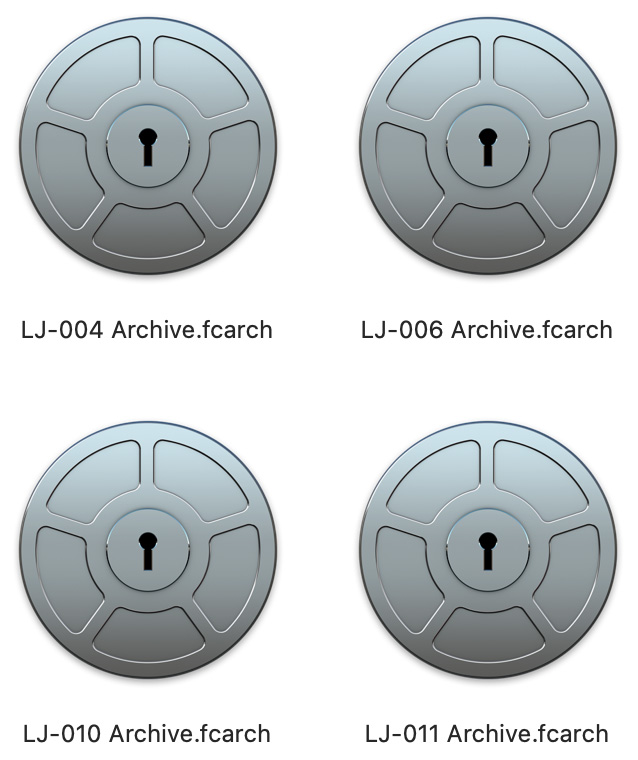
WHY – OR WHY NOT – TO CREATE AN ARCHIVE?
The benefits are:
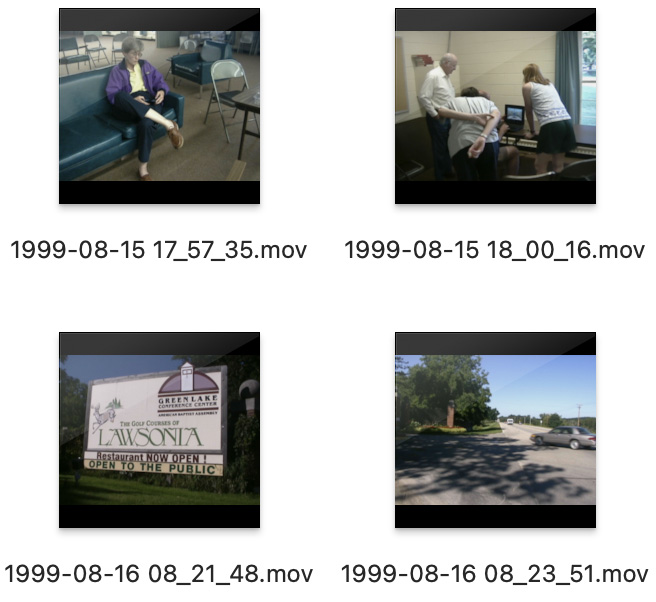
The limitations are:

(Image courtesy Apple Inc.)
HOW TO CREATE AN ARCHIVE FOR FILE-BASED MEDIA
Files on the camera are then transferred into that archive; faster than real-time, but stored as individual clips.
A “clip” is defined as the media recorded each time you press the Record button.
NOTE: The process is similar for tape-based media, except that the transfer from tape occurs in real-time.
HOW TO VIEW THE CONTENTS OF AN ARCHIVE
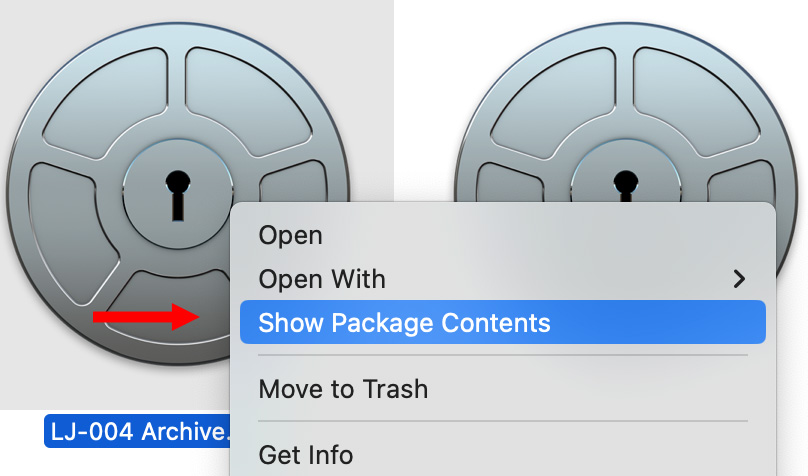
You can’t double-click an archive to open it. Instead, right-click (Control-click) the archive file name or icon and choose Show Package Contents.
TO COPY FILE NAMES INTO A SPREADSHEET.
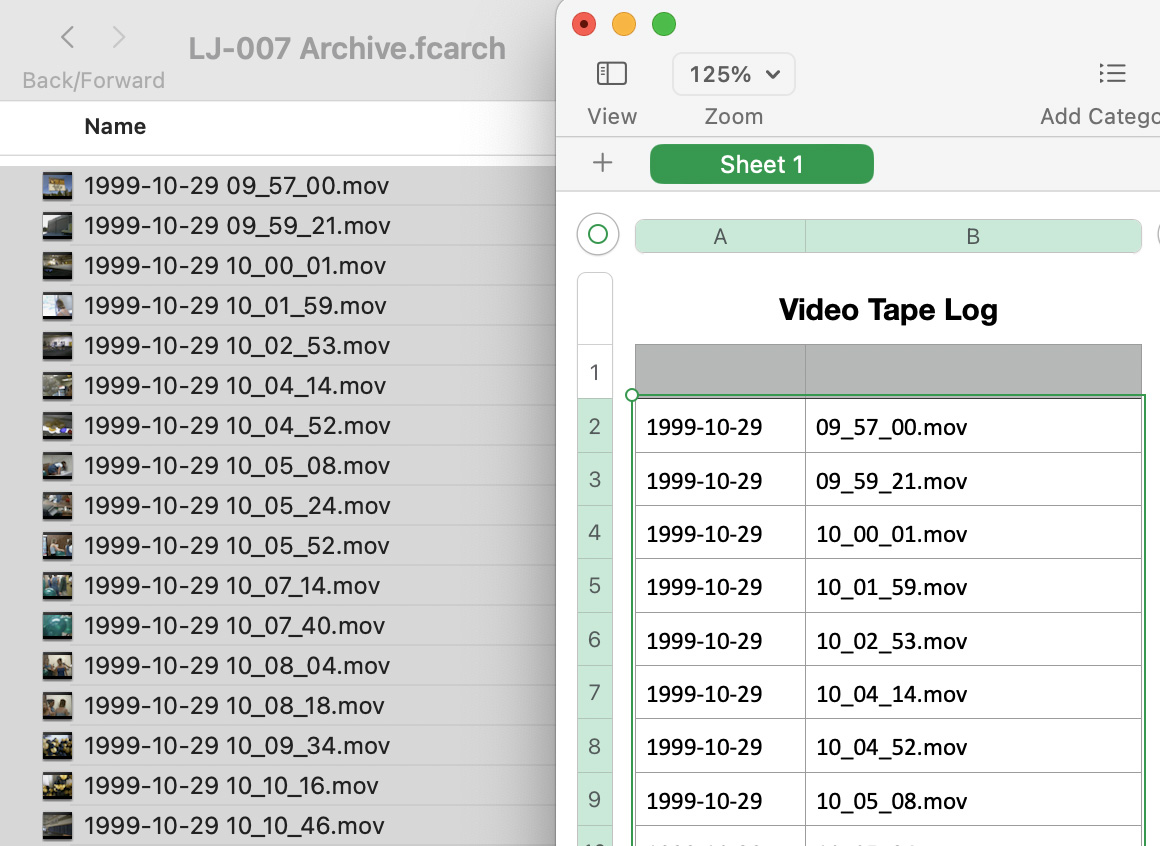
To copy file names into a spreadsheet, display the contents of an archive, then select and copy the file names in the Finder. Then paste them into a spreadsheet or word processing document.
NOTE: Pasting into a database would also work, but the process is less straightforward.
ARE THERE OTHER OPTIONS?
Yes. For logging, check out Logger from Lumberjack System.
Link: https://www.lumberjacksystem.com/logging-apps-2/
For transcoding files and adjusting metadata for media that QuickTime Viewer can’t display, look into Edit Ready from Hedge Software.
Link: https://hedge.video/editready
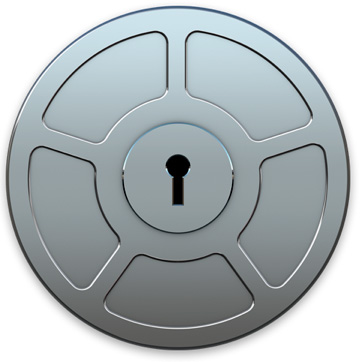 SUMMARY
SUMMARY
For me, archives are a useful way to protect individual clips from getting accidentally erased. But the inability to search for clips inside the archive is a big limitation.
NOTE: I discovered that if you store media on a Synology server, Universal Search will search and find media stored in a Final Cut archive. This is a feature that Spotlight doesn’t seem to support.
When I first starting using Final Cut, I used archives a lot. However, I’ve moved away from using them, instead, copying and storing the entire contents of a camera card in its own folder on my storage.
Both systems work. Pick the one that works best for you.
2 Responses to What is a Final Cut Pro Camera Archive?
I was just writing something about Archives. I used them when I used my AVCHD camera more, because it maintains the Folder Structure of an AVCHD formatted SD card. In older versions of FCP the App needed all those extra files, FCP had great troubles when you only offered the .MTS files. A great disadvantage of an Archive is, that there is no option ‘Leave files in place’ when you want to start a new Project with the files in the Archive. So since I use my DJI Osmo Pocket and DJI Mavic Mini more and more (both produce mp4’s), I don’t use Archives anymore.
I just discovered another thing about Archives: when you place TAGs on the MTS files inside an Archive file of a AVCHD formatted SD card, they can NOT be imported as keywords in FCP. That’s a pity.